

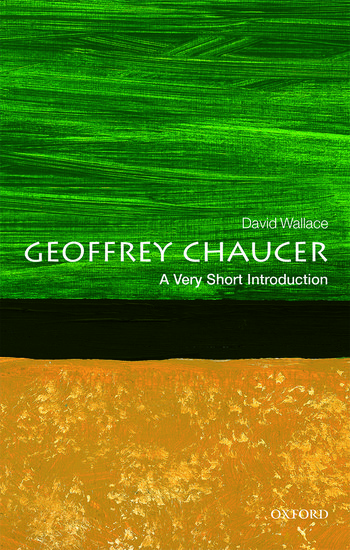
Books in series

Savannas
A Very Short Introduction
2016

Projects
A Very Short Introduction
2017

Geoffrey Chaucer
A Very Short Introduction
2019

American Military History
A Very Short Introduction
2020
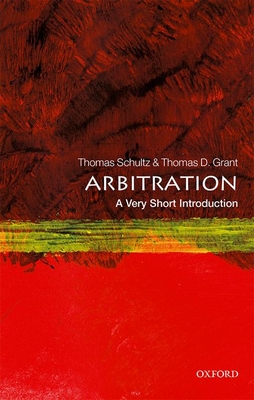
Arbitration
A Very Short Introduction
2021
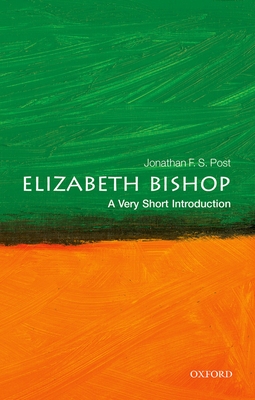
Elizabeth Bishop
A Very Short Introduction
2022
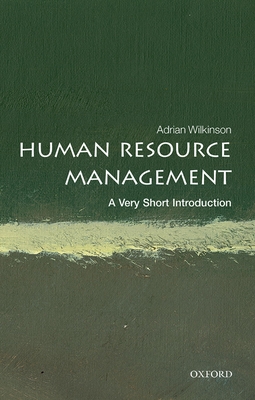
Human Resource Management
A Very Short Introduction
2022
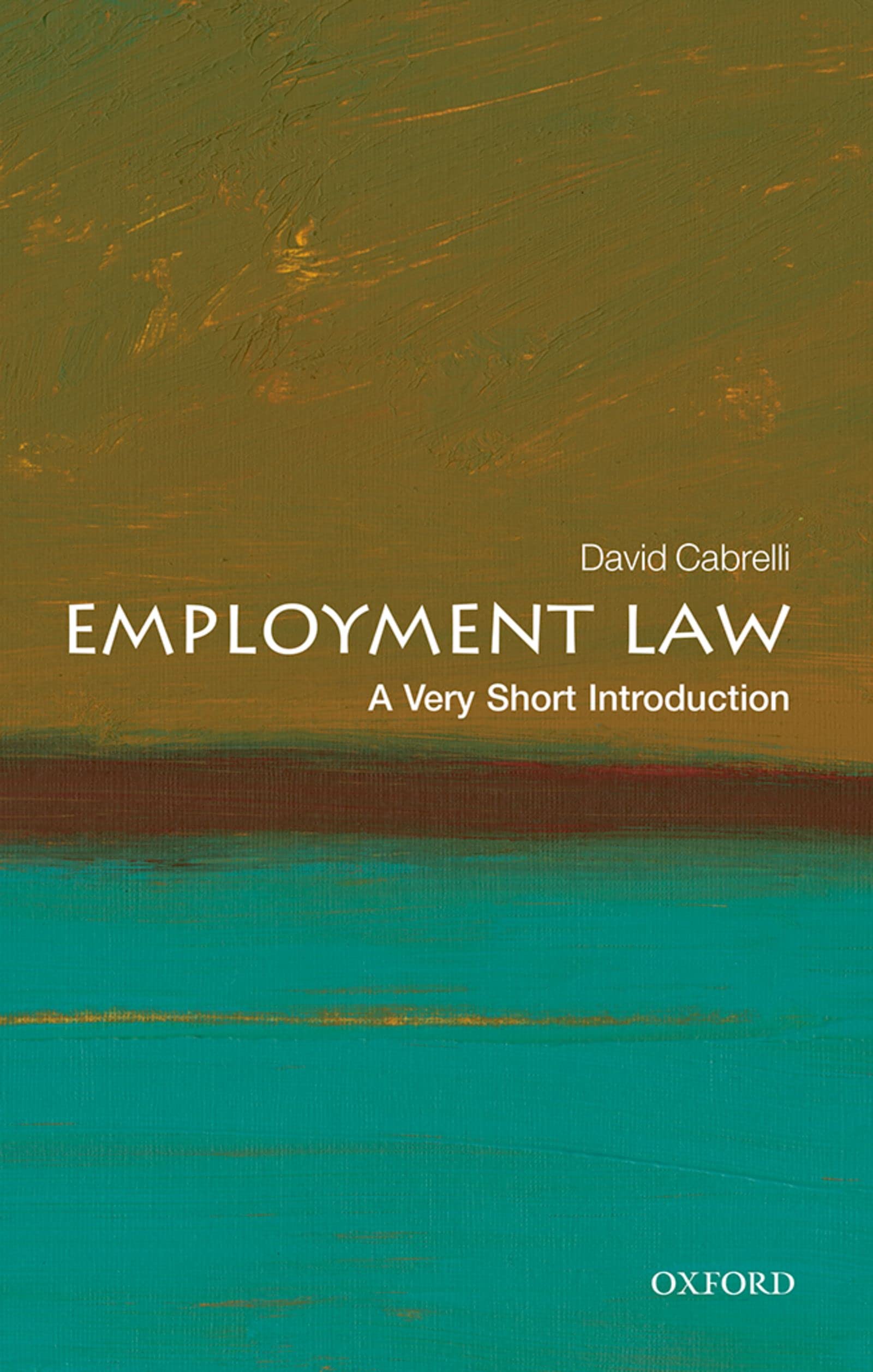
Employment Law
A Very Short Introduction
2022

Negotiation
A Very Short Introduction
2022

Evil
A Very Short Introduction
2022
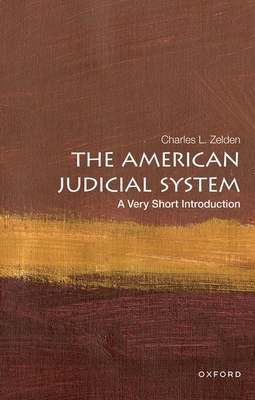
The American Judicial System
A Very Short Introduction
2022
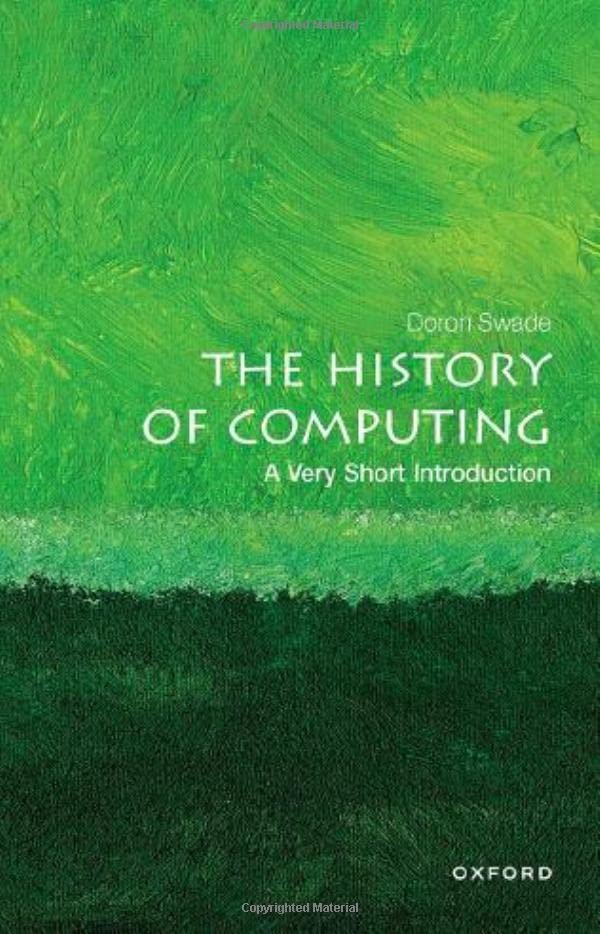
The History of Computing
A Very Short Introduction
2022
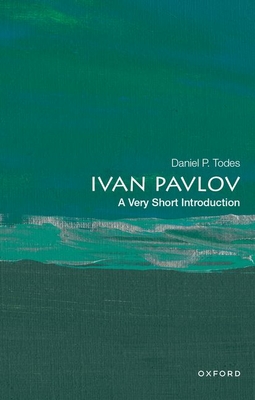
Ivan Pavlov
A Very Short Introduction
2022

World Mythology
A Very Short Introduction
1977
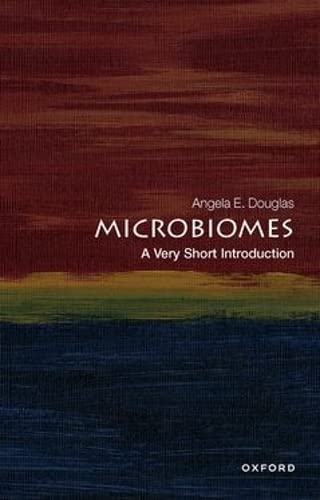
Microbiomes
A Very Short Introduction
2022

British Cinema
A Very Short Introduction
2022

Condensed Matter Physics
A Very Short Introduction
2023
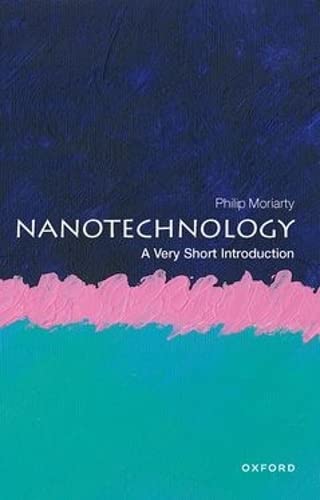
Nanotechnology
A Very Short Introduction
2022

Vatican II
A Very Short Introduction
2023

Suburbs
A Very Short Introduction
2023

The Jury
A Very Short Introduction
2023

The Civil Rights Movement
A Very Short Introduction
2023
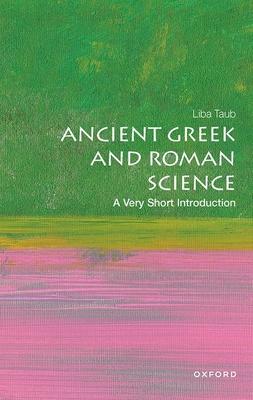
Ancient Greek and Roman Science
A Very Short Introduction
2023
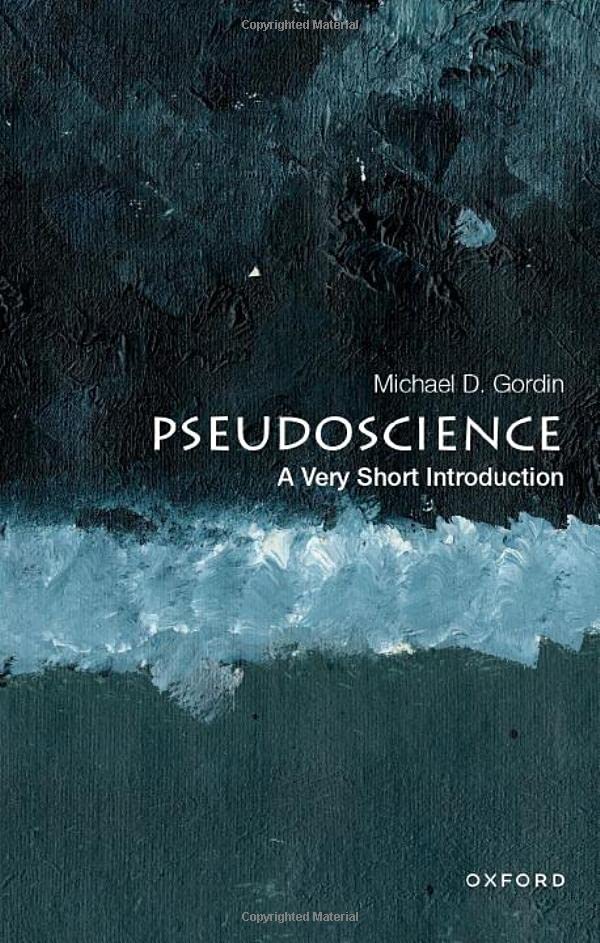
Pseudoscience
A Very Short Introduction
2023
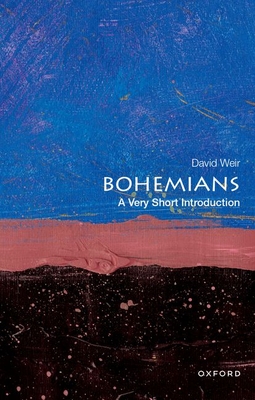
Bohemians
A Very Short Introduction
2023

Mathematical Analysis
A Very Short Introduction
2023
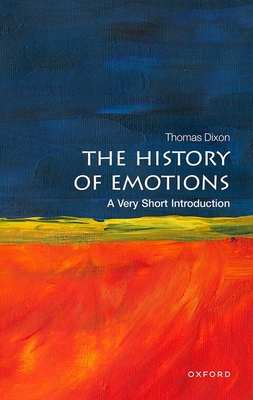
The History of Emotions
A Very Short Introduction
2023
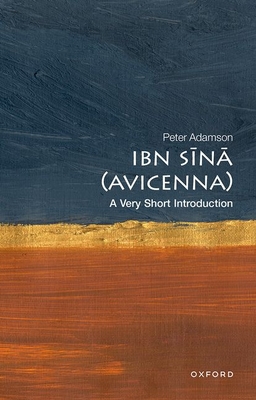
Ibn Sina (Avicenna)
A Very Short Introduction
2023
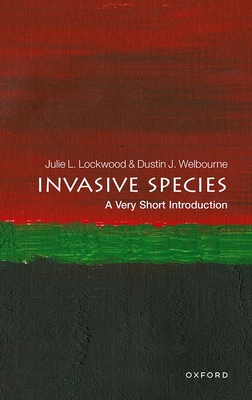
Invasive Species
A Very Short Introduction
2023
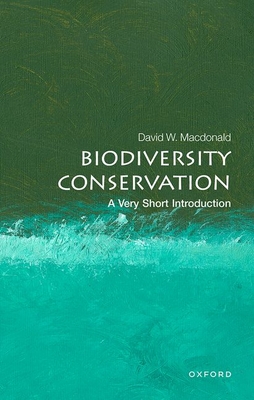
Biodiversity Conservation
A Very Short Introduction
2023
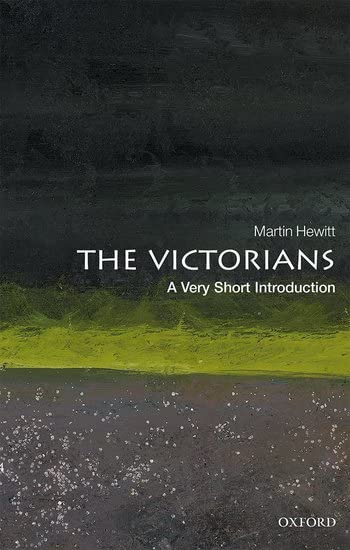
The Victorians
A Very Short Introduction
2023
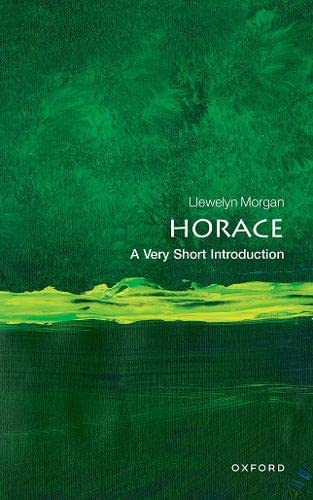
Horace
A Very Short Introduction
2023

Imagination
A Very Short Introduction
2023
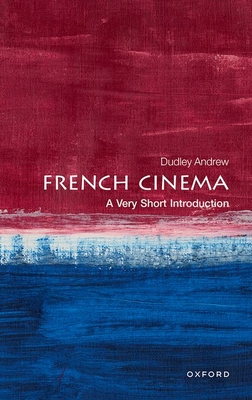
French Cinema
A Very Short Introduction
2023

Simone Weil
A Very Short Introduction
2024

The Gulag
A Very Short Introduction
2024
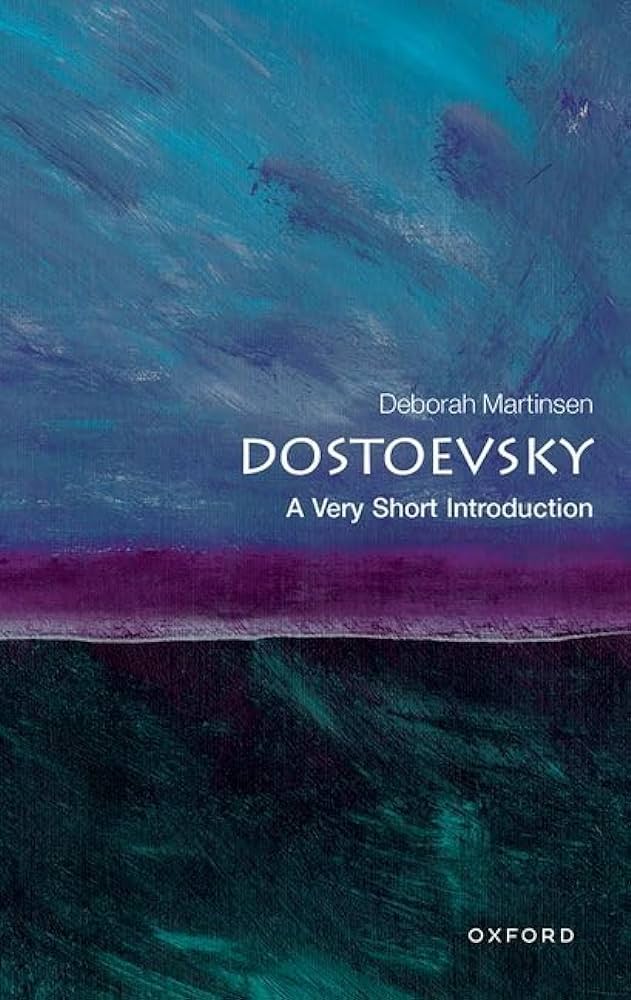
Fyodor Dostoevsky
A Very Short Introduction
2024

The Self
A Very Short Introduction
2024
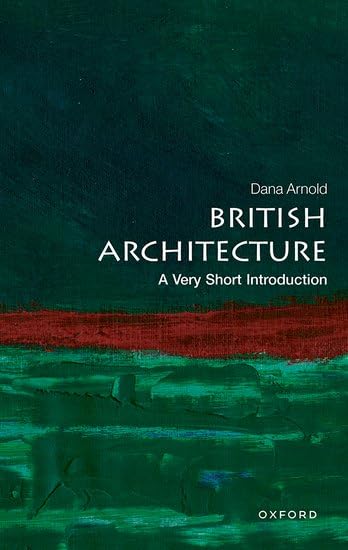
British Architecture
A Very Short Introduction
2024
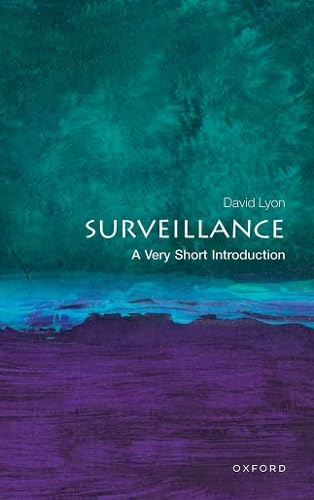
Surveillance
A Very Short Introduction
2024

Faith
A Very Short Introduction
2024
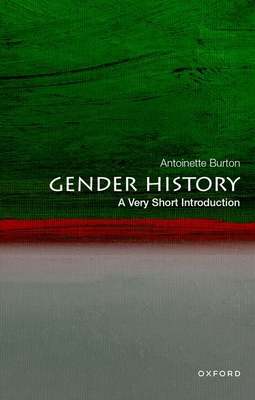
Gender History
A Very Short Introduction
2024
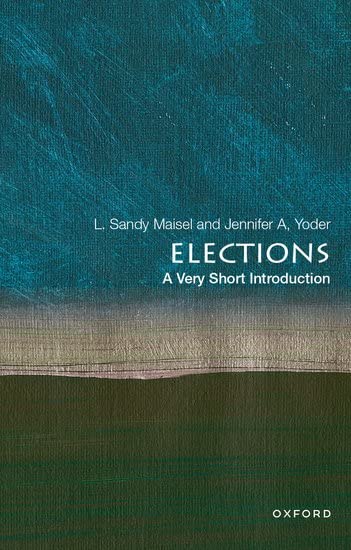
Elections
A Very Short Introduction
2024
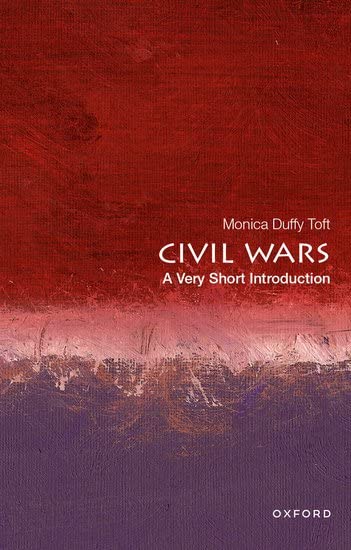
Civil Wars
A Very Short Introduction
2024

The Rule of Law
A Very Short Introduction
2023

The Brain Box
2006

The Thought Box
2006
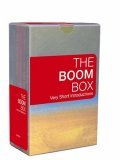
The Boom Box
2006

The Picture Box
2006
Authors

Aziz Huq is an Assistant Professor of Law and Herbert and Marjorie Fried Teaching Scholar at The University of Chicago Law School. Aziz Huq earned his BA summa cum laude in International Studies and French from the University of North Carolina at Chapel Hill in 1996 and his law degree from Columbia Law School in 2001, where he was awarded the John Ordronaux Prize. He clerked for Judge Robert D. Sack of the U.S. Court of Appeals for the Second Circuit (2001–02) and Justice Ruth Bader Ginsburg of the Supreme Court of the United States (2003–04). After clerking he worked as Associate Counsel and then Director of the Liberty and National Security Project of the Brennan Center for Justice at NYU School of Law. He has also been a Senior Consultant Analyst for the International Crisis Group. His research and teaching interests include constitutional law, national security and counterterrorism, federal jurisdiction, legislation, human rights, and comparative constitutional law.

Jennifer Gosetti-Ferencei is Professor and Kurrelmeyer Chair in German and Professor in Philosophy at Johns Hopkins University. Her research interests include Continental philosophy, particularly phenomenology and existentialism, aesthetics and the philosophy of literature, cognitive literary theory, poetics, philosophy of imagination, modernism, especially modern German literature, and literary ecology. She has previously taught in modern languages departments in the UK (Oxford and Birmingham, at the latter of which she was Chair and Professor of German and Comparative Literature) and was Professor of Philosophy at Fordham University. She received a DPhil in German and MSt in European Literature from Oxford; MA and PhD in Philosophy from Villanova; and an MFA in Poetry from Columbia University. For 2023, she has been appointed Visiting Fellow at All Souls College, Oxford. Gosetti-Ferencei’s research has included books on existentialism, on the philosophy of imagination, on the construction of the exotic in German modernism, on the relationship between the quotidian or everyday experience and ecstatic reflection in phenomenology, modern art and literature, and a critical reading of poetics in Heidegger and Hölderlin. Her work explores the boundaries between philosophy and literature, poetic experience and cognition, and in addition to Hölderlin her work has engaged the writings of Rainer Maria Rilke, Wallace Stevens, Marcel Proust, Franz Kafka, Thomas Mann, and many other modernist writers. Her work in aesthetics has engaged the visual art of Paul Cézanne, Cy Twombly, Giorgio Morandi, Alfred Kubin, Georg Baselitz and Anselm Kiefer. Her book of poetry, After the Palace Burns, won The Paris Review Prize. In On Being and Becoming: An Existentialist Approach to Life (Oxford University Press, 2020), Gosetti-Ferencei presents a new interpretation of existentialist thought and literature, exploring, beyond the existentialism of the French phenomenologists, its historical origins in nineteenth century German, Danish, and Russian thought, contributions to existentialism of African-American thinkers, and its relevance for the social and environmental challenges of the twenty-first century. Gosetti-Ferencei’s previous book, The Life of Imagination: Revealing and Making the World (Columbia University Press, 2018), is grounded in philosophy and a range of other disciplines, including cognitive theory, evolutionary anthropology, aesthetics and literary theory, and offers a new theory of imagination as both emerging from the wider cognitive ecology of our embodied life and engagement with the world, and affording its transformation and transcendence. In contrast to a long tradition of philosophy that sequestered imagination from cognition proper, in this work Gosetti-Ferencei demonstrates how imagination must be understood as multimodal, shaping our ordinary experience and affording the heightened manifestations of creativity in scientific discovery and artistic and literary creation. Among other accomplishments of the book is the development of an understanding of cognitive play (drawing from Kant, Schiller, Nietzsche, and Husserl), which show how creativity affords ‘situated transcendence.’ and in so doing both relies upon, and diverges from, the operations of ordinary thinking. This expansive and probing account of imagination demonstrates its reach across human experience and its crucial role in shaping and transforming our relationship to the world. Previous works include Exotic Spaces in German Modernism (Oxford University Press 2011), in which Gosetti-Ferencei illuminates the construction of the ‘exotic’ in modern German literature. The rendering of spaces projected as exotic is shown to situate examination of the modern self and its relation to a foreign other, sometimes exploiting, otherwise destabilizing, colonialist or Eurocentric assumptions. She engages prose works of Hofmannsthal, Dauthendey, Hesse, Benn, Brecht, Ku

Antoinette Burton is Catherine C. and Bruce A. Bastian Professor of Global and Transnational Studies, Department of History, University of Illinois. Among her books are Dwelling in the Archive: Women Writing House, Home, and History in Late Colonial India and At the Heart of the Empire: Indians and the Colonial Encounter in Late-Victorian Britain. Also Antoinette M. Burton
Renée Lettow Lerner is Donald Phillip Rothschild Research Professor of Law at the George Washington University Law School. Professor Lerner is an expert in the fields of U.S. and English legal history, civil and criminal procedure, and comparative law. Her book The Jury: A Very Short Introduction, published by Oxford University Press in 2023, discusses the history and practice of the jury around the globe. Professor Lerner is also the author, with John Langbein and Bruce Smith, of the book History of the Common Law: The Development of Anglo-American Legal Institutions (2009). She is working on a book about the American civil jury, from the colonial period to the present. Professor Lerner advises judges, lawyers, and government officials from the United States and countries in Europe, Latin America, and Asia about the differences between adversarial and nonadversarial legal systems. She writes extensively about the history of American juries. Professor Lerner's work includes not only scholarly books and articles, but also online publications intended for a broader audience of legal professionals and the public. In many different settings, she has debated the role of juries with other academics and with lawyers. Her recent writings include “The Resilience of Substantive Rights and the False Hope of Procedural Rights: The Case of the Second Amendment and the Seventh Amendment,” 116 Northwestern University Law Review 275 (2021) and “The Surprising Views of Montesquieu and Tocqueville about Juries: Juries Empower Judges,” 81 Louisiana Law Review 1 (2020). Professor Lerner received an AB summa cum laude in history from Princeton University. She was a Rhodes Scholar at Oxford University, where she studied English legal history. At Yale Law School, she was Articles Editor of the Yale Law Journal. Professor Lerner served as a law clerk to Justice Anthony M. Kennedy of the U.S. Supreme Court and to Judge Stephen F. Williams of the U.S. Court of Appeals for the District of Columbia Circuit. From 2003 to 2005, she served as Deputy Assistant Attorney General in the Office of Legal Counsel at the U.S. Department of Justice. Professor Lerner was a witness in a murder case in Paris, France, before a mixed panel of professional judges and lay jurors.

Angela Elizabeth Douglas (born 1956) is a British entomologist who researches insect nutrition, and is known for her research on symbiotic relationships between insects and microorganisms. She has been the Daljit S. and Elaine Sarkaria Professor of Insect Physiology and Toxicology at Cornell University, Ithaca, New York, since 2008, and previously held a chair at the University of York (2003–8). Source: Wikipedia

Stephen Bullivant is Senior Lecturer in Theology and Ethics in the School of Education, Theology and Leadership. He joined St Mary's in September 2009, after completing his DPhil at Oxford University on the Second Vatican Council's engagement with atheism. In June 2010, he was awarded the Catholic Theological Society of America's 'Catherine Mowry LaCugna Award for New Scholars'. He is currently Programme Director for the MA in Theology, for which he teaches the 'Scripture and Systematic Theology', 'Themes in Contemporary Theology', and 'Research and Reflective Practice' modules. On the BA Theology and Religious Studies, Stephen teaches both historical and doctrinal topics (inc. 'Foundations in Christian Theology', 'Trinity', 'Vatican II') and religious studies modules ('Atheism and Nonreligion'). He also teaches 'Christ and Christian Ethics' as part of St Mary's well-established foundation course in Youth Ministry. In addition to his ongoing theological work on - inter alia - the Christian engagement with unbelief, new evangelization, dialogue, and aspects of Catholic Social Teaching, Stephen publishes regularly on the social-scientific study of unbelief and secularity. From 2008 to 2014 he was a co-director of the international Nonreligion and Secularity Research Network. Between 2011 and 2014 he was a committee member of the European Society for Catholic Theology, serving as its delegate to the International Network of Societies for Catholic Theology. A popular speaker and writer, Stephen has appeared on BBC Radio 4 and Vatican Radio, and has written for (among others) New Scientist, The Guardian, America, and Strange Notions. He has also given invited talks and lectures in the United Kingdom, Finland, Italy, Brazil, the Philippines, and the USA.

Louis Sandy Maisel L. Sandy Maisel is the William R. Kenan, Jr. Professor of Government and founding director of the Goldfarb Center for Public Affairs and Civic Engagement at Colby College, where he has taught since 1971. He is the author or editor of 17 books including American Political Parties and Elections: A Very Short Introduction and Evaluating Campaign Quality: Can the Electoral Process Be Improved? From Obscurity to Oblivion: Running in the Congressional Primary chronicled Maisel’s unsuccessful bid for the Democratic nomination for Congress in Maine’s First Congressional District in 1978. His published articles have appeared in many political science journals and anthologies, including the American Political Science Review, American Journal of Political Science, the Journal of Politics, and the Legislative Studies Quarterly. Maisel has served as president of the New England Political Science Association, twice a member of the Council of the American Political Science Association, and chair of the APSA’s research sections that focus on Political Organizations and Parties and on Legislative Studies. Maisel and his wife, Patrice Franko, who is professor of economics and international studies at Colby, live in Rome, ME. http://www.politico.com/arena/bio/san...
